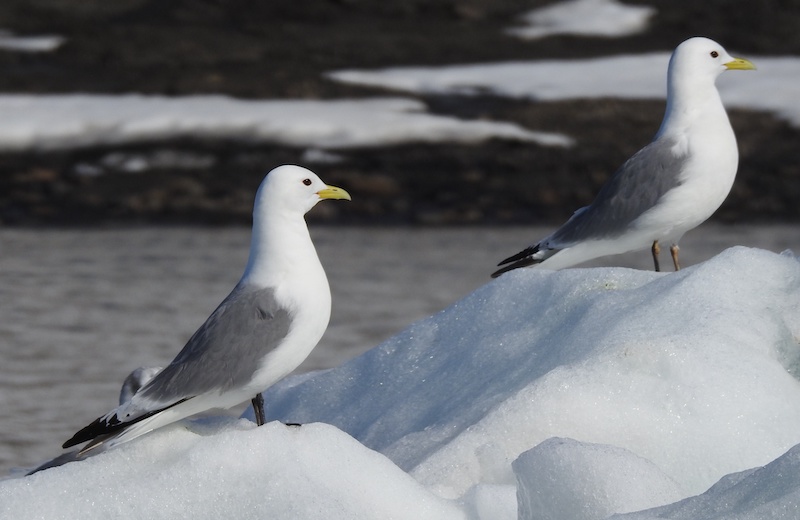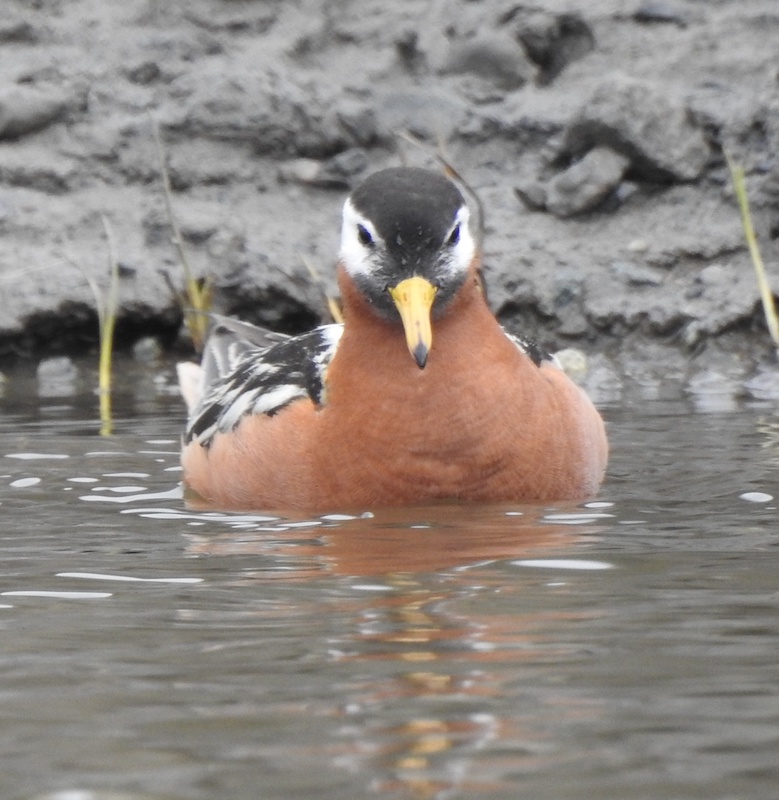Norway stretches 1800 kilometers in a north-south direction, and while the coastal areas are humid and surprisingly warm in winter, this is not the case once you move inland. The fjordlands and mountains in the west, woodlands in the east and arctic conditions in the north probably makes Norway one of the most diverse countries regarding habitats.
Some of the best places to go birding in southern Norway are located along the south-western coasts between Lista and Stavanger. Lista Bird Observatory is one of the largest and definitely has the best coverage of Norwegian bird observatories, and is located in Farsund commune south of Flekkefjord. This area is good for anything, including raptors and shorebirds. Further west, just south of Stavanger, there is the Jaeren wetland system.
There is lots of good wetland- and coastal birding here.

Both Lista and Jaeren are best during migration, and so hold few or none of the Scandinavian specialities. If you visit Oslo, then the northern parts of the lake Öyeren to the east of the city is well worth a visit, particularly in spring and early autumn.
The best mountain birding in southern Norway is at Hardangervidda. Sought-after species such as Long-tailed Skua, Gyr Falcon, Great Snipe, Temminck’s Stint, Red-necked Phalarope, Horned Lark, Bluethroat and Lapland Longspur all breed here.

Woodlands in the east and central part of the country hold a variety of owls and woodpeckers, most easily found in early spring. Woodland birding can be difficult – it is all about finding the right spots and it helps if you can identify birds from songs and calls.
Seabird colonies are scattered all around the coasts of Norway, but auks are scarce breeders south of the famous bird island Runde near Ålesund. Other large seabird concentrations are in the Lofotan islands, and Röst in particular, as well as along the Varanger peninsula. Birding the arctic along Varanger and in Pasvik is probably the most spectacular birding Norway can offer, the seabird migration in May is astonishing and arctic specialities such as Steller’s Eider, King Eider, Brünnich’s Guillemot, Siberian Tit and Siberian Jay are easily added to a trip-list together with lots of other good birds.

Birding is still a minority pastime in Norway, with a few hundred active birders and around 5,000 members of Norsk Ornitologisk Forening the Norwegian BirdLife International partner. Lots of good birds go undetected, we are only able to cover a tiny fraction of the thousands of islands along the coast each autumn, when eastern rarities turn up almost everywhere.
Norway has a poor reputation among conservationists because they continue to hunt Minke whales for food and for their decision to cull wolves… when the announcement was made (Autumn 2015) nearly twelve thousand people applied for licences to hunt them! Wildlife travellers should make sure they let the Norwegian government know how much more green tourism brings into an economy!
Major Source: Fatbirder
Photo Source:
Map Source: Googlemaps
